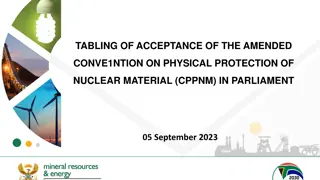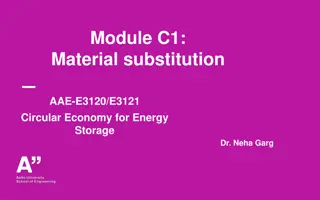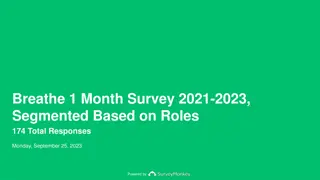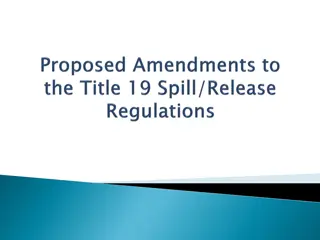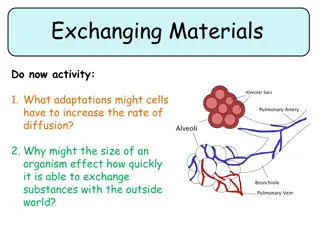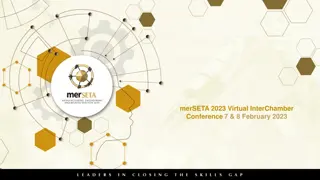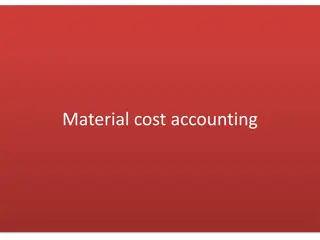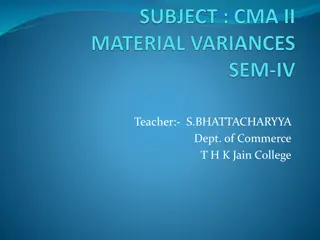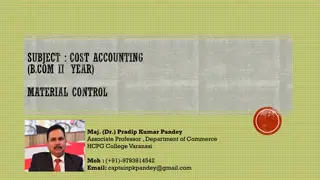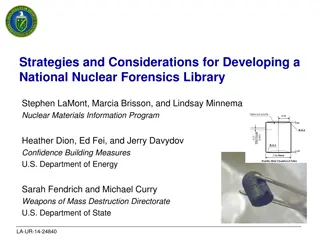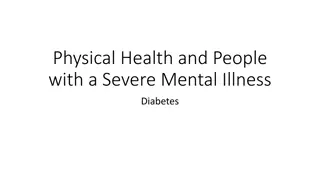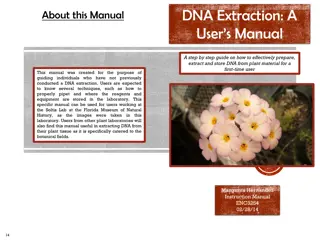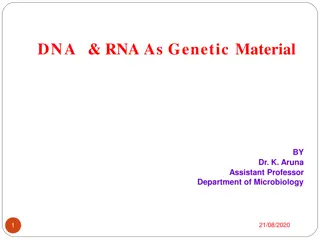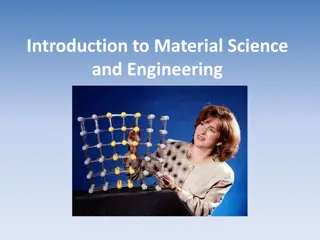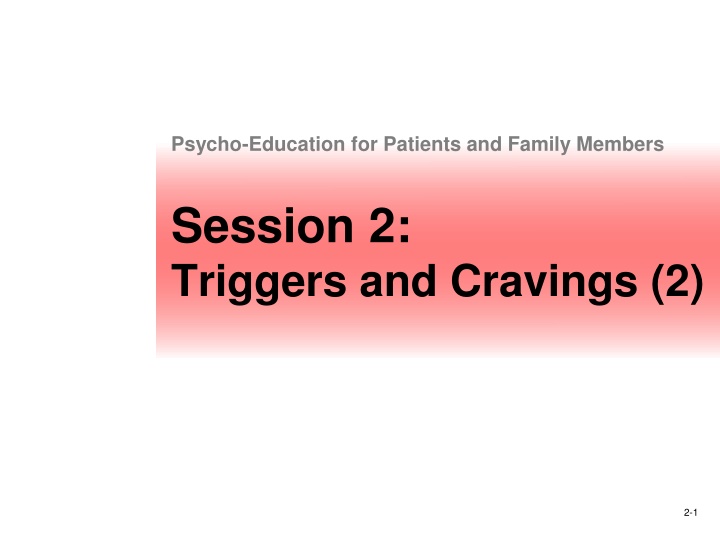
Addictive Process and Its Phases
Explore the phases of the addictive process, including triggers, cravings, and the progression from the introductory phase to the disaster phase. Understand the balance between positives and negatives in substance use and how continuous usage impacts individuals. Dive into the conditioning process, development of obsessive thinking, and craving responses within addiction.
Download Presentation

Please find below an Image/Link to download the presentation.
The content on the website is provided AS IS for your information and personal use only. It may not be sold, licensed, or shared on other websites without obtaining consent from the author. If you encounter any issues during the download, it is possible that the publisher has removed the file from their server.
You are allowed to download the files provided on this website for personal or commercial use, subject to the condition that they are used lawfully. All files are the property of their respective owners.
The content on the website is provided AS IS for your information and personal use only. It may not be sold, licensed, or shared on other websites without obtaining consent from the author.
E N D
Presentation Transcript
Psycho-Education for Patients and Family Members Session 2: Triggers and Cravings (2) 2-1
The Addictive Process 1. Introductory phase 2. Maintenance phase 3. Disenchantment phase 4. Disaster phase To be covered today 1-2
Question: How does the balance between positives and negatives change if Shabu is continuously used beyond the maintenance phase? 1-3
Addictive Process - Disenchantment Phase Positives and Negatives of Shabu Use Negatives Positives Withdrawal depression Paranoia Tweaking Relationship disruptions Family distress Impending job loss Sociability Occasional euphoria Relief from fatigue Relief from stress 2-4
Addictive Process - Disenchantment Phase Conditioning Process During Addiction Triggers Fatigue All friends Stress Boredom Anxiety Free time Sexual arousal Loneliness Responses Continual thoughts of Shabu Strong physiological arousal Psychological dependency Strong cravings Frequent use Strength of Conditioned Connection: Strong 2-5
Addictive Process - Disenchantment Phase Development of Obsessive Thinking Food Shabu Shabu TV Shabu Girlfriend Job Shabu Family Parties Shabu Shabu 2-6
Addictive Process - Disenchantment Phase Development of Craving Response Mild Physiological Response Thinking of Using Entering Using Site Heart rate Breathing rate Energy Adrenaline effects Powerful Physiological Response Heart rate Breathing rate Energy Adrenaline effects Shabu Effects Heart Blood pressure Energy Use of Shabu 2-7
Addictive Process Disaster Phase Positives and Negatives of Shabu Use Negatives Positives Weight loss Paranoia Loss of family Seizures Severe depression Unemployment Bankruptcy Relief from fatigue Relief from stress Relief from depression 2-8
Addictive Process Disaster Phase Conditioning Process During Addiction Triggers Any emotion Day Night Work Free time Responses Obsessive thoughts about Shabu Powerful autonomic response Powerful physiological dependence Automatic use Persistent paranoia Strength of Conditioned Connection: OVERPOWERING 2-9
Addictive Process Disaster Phase Development of Obsessive Thinking Shabu Shabu Shabu Shabu Shabu Shabu Shabu Shabu Shabu Shabu Shabu 2-10
Addictive Process Disaster Phase Development of Craving Response Thoughts of Shabu-Using Place Powerful Physiological Response Heart rate Breathing rate Energy Adrenaline effects 2-11
Question: Prior to using substance, in what order do the following three events occur? Thought Craving Trigger 1-12
STOP! 1-14 2-14
Thought Stopping Visualization Rubber band snap Relaxation Calling someone 2-15
Thought Stopping Visualization 2-16
Thought Stopping Rubber-bandSnap 2-17
Thought Stopping Relaxation 2-18
Thought Stopping Calling Someone 2-19
Question: What are other possible ways to stop the thought of using? 1-20

